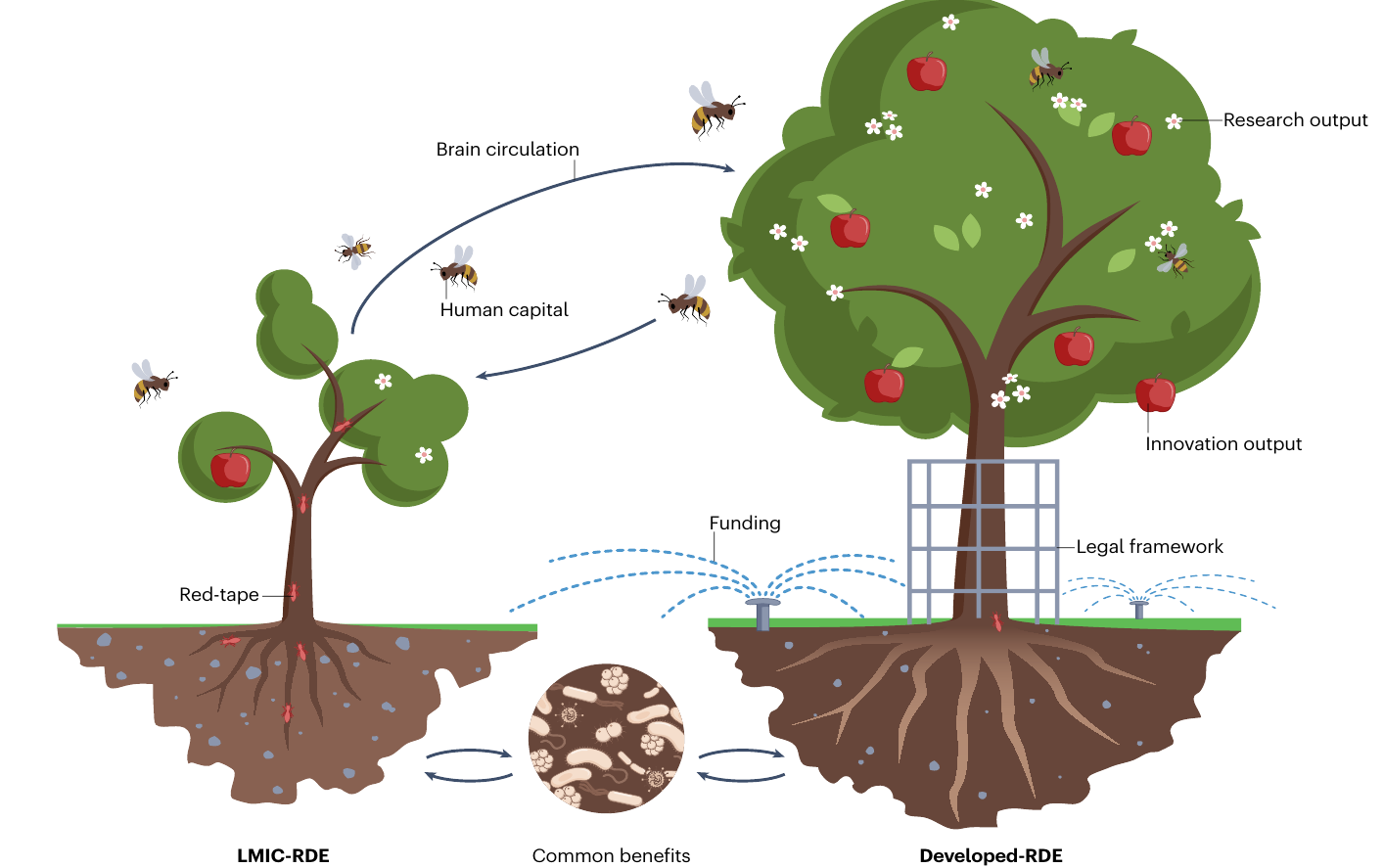
Small economies with limited financial, technical, governmental and human resources and governance capacity encounter a number of challenges in addressing research and development needs. We share our attempts to face these challenges in Nepal, as well as key policy issues for national and international stakeholders to consider.
Read More
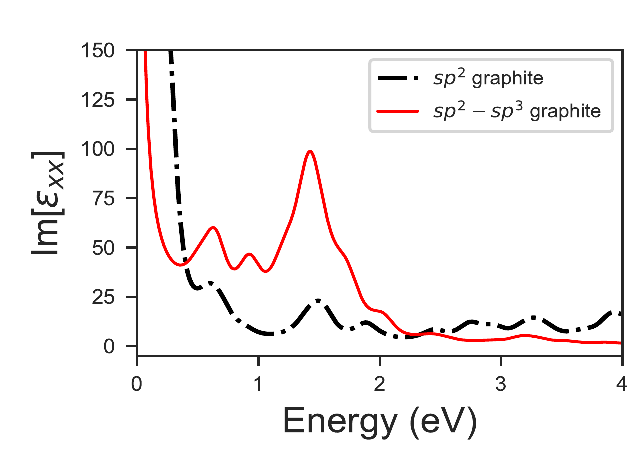
Recent reports of upconversion and white light emission from graphitic particles warrant an explanation of the physics behind the process. We offer a model, wherein the upconversion is facilitated by photo-induced electronic structure modification allowing for multi-photon processes. As per the prediction of the
model, we experimentally show that graphite upconverts infrared light centered around 1.31 μm to broadband white light centered around 0.85 μm. Our results suggest that upconversion from shortwave infrared (∼3 μm) to visible region may be possible. Our experiments show that the population dynamics of the electronic states involved in this upconversion process occur in the timescale of milliseconds.
Read More
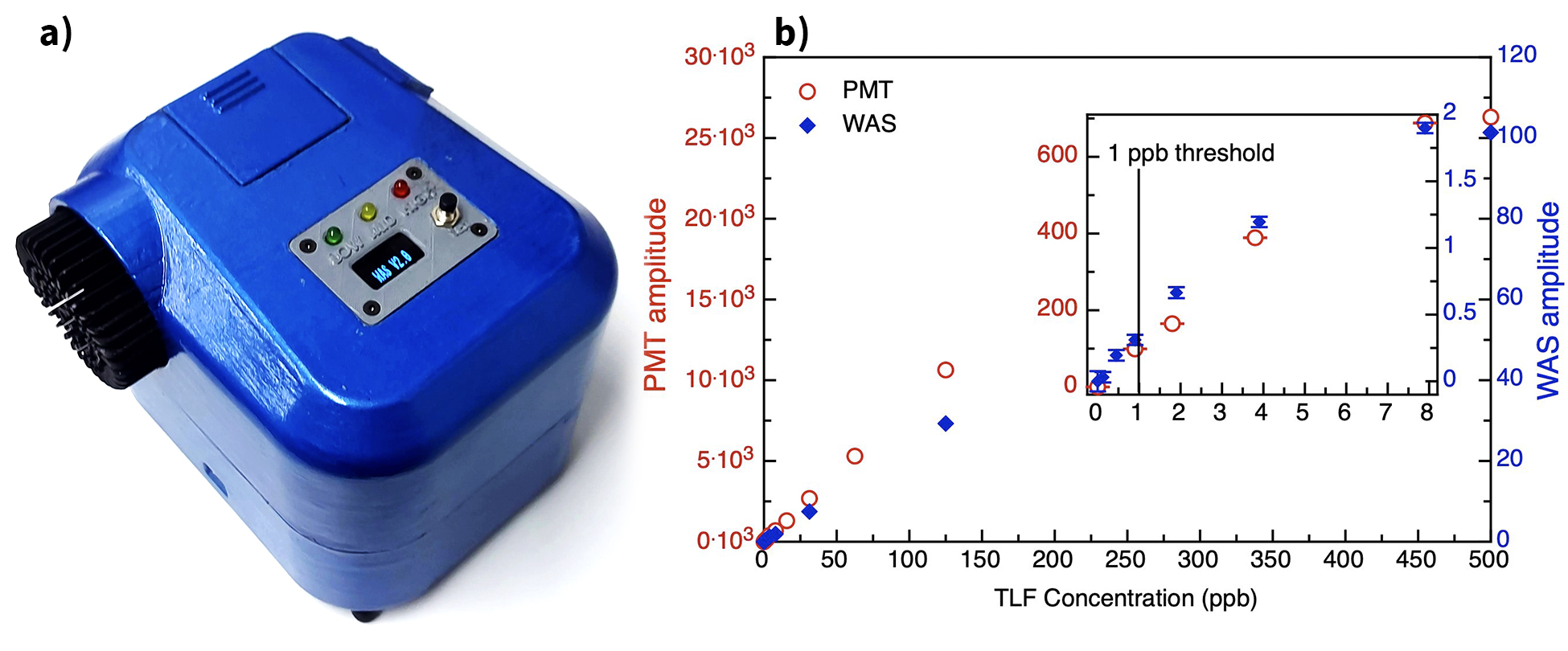
We present realtimeWAS: a low-cost, portable, and reagent-free device to detect fecal contamination in water using real-time fluorescence measurement. The device returns quantitative (via display) and semi-quantitative (via LED indicators) measures of water quality.
Read More

Distinguishing chemically similar particles in a complex environment has been a challenging problem in spectroscopy, such as micro-Raman spectroscopy. Here, we show that it is possible to distinguish particles from their spectroscopic signals in a modulated optical trap, where the trapping field also acts as an excitation source. Using the overdamped Langevin equation, we report that spectroscopic signals averaged over a certain signal acquisition time exhibit several discrete minimas at unique modulating frequencies dependent on their drag coefficient, exemplified herein as a function of the particle size. In typical experimental conditions, such minimas can be as low as ∼50% of the signal of an unmodulated trap.
Read More
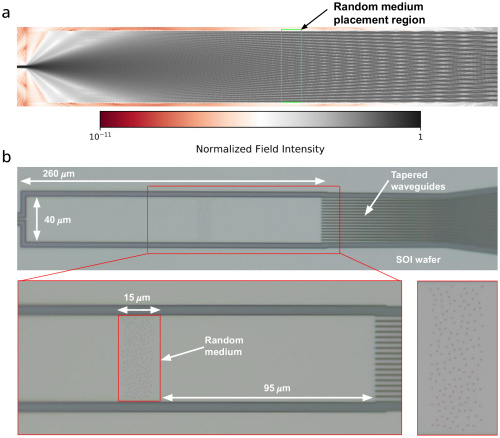
We present a compact, CMOS compatible, photonic integrated circuit (PIC) based spectrometer that combines a dispersive array element of SiO2-filled scattering holes within a multimode interferometer (MMI) fabricated on the silicon-on-insulator (SOI) platform. The spectrometer has a bandwidth of 67 nm, a lower bandwidth limit of 1 nm, and a peak-to-peak resolution of 3 nm for wavelengths around 1310 nm.
Read More
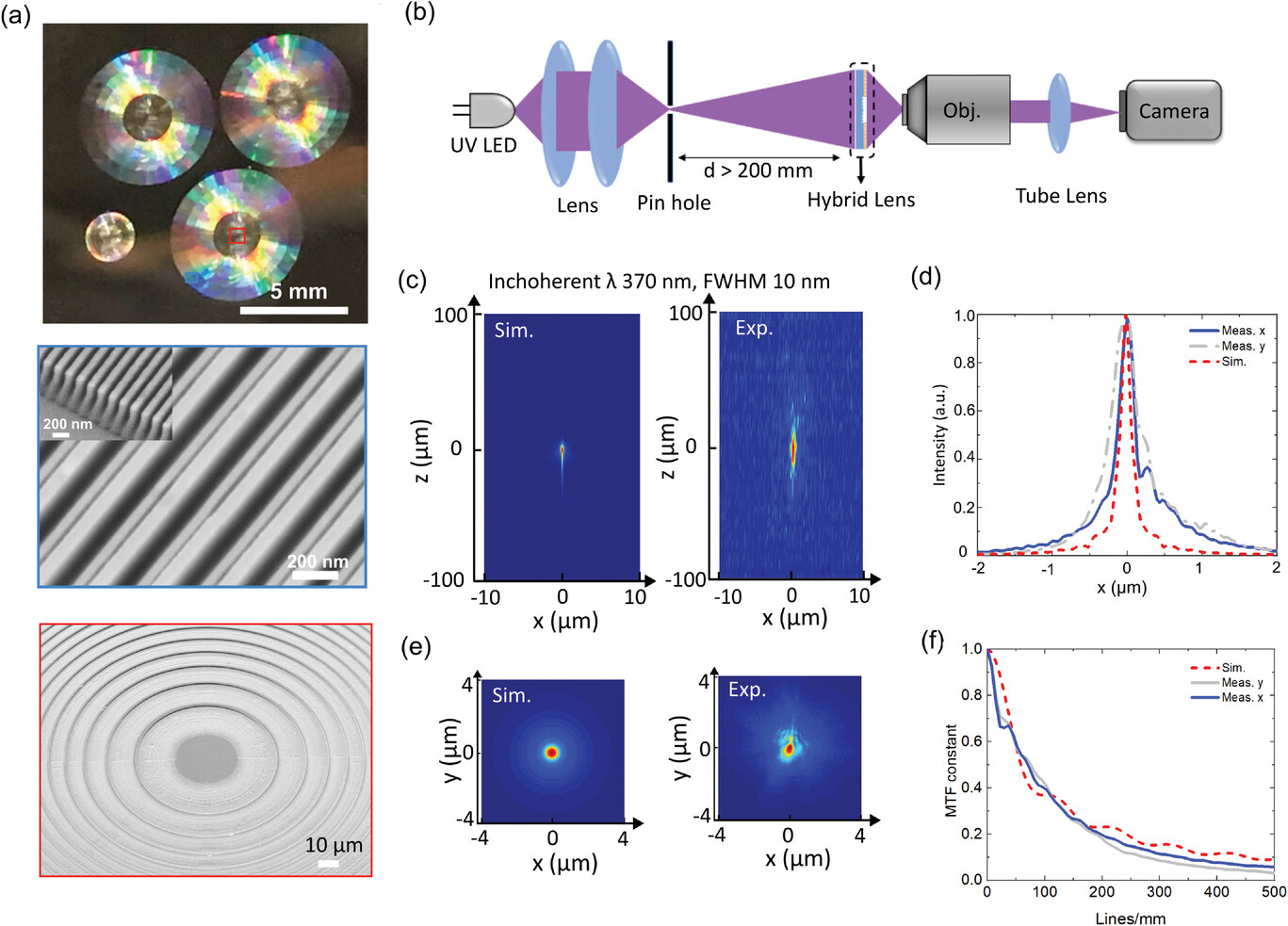
The advantages of metalenses to enable miniaturized systems have been well established, especially in the visible and infrared wavelength regimes. The ultraviolet (UV) presents a final frontier because feature size scales as the wavelength, so realizing a large size metalens with a high numerical aperture (NA) in the UV is a major challenge. Here, a single-layer, thin-film (450 nm) hybrid metalens with an NA of 0.9 and a diameter of 6.2 mm is presented. By combining a Fresnel lens and optimised binary gratings, the well-known shadowing effect of Fresnel lenses at high NA is avoided while being able to realize a large area lens. It is demonstrated that the combination of high NA and large area affords efficient detection of tryptophan-like fluorescence, which is a well-studied proxy for water contamination with faecal coliforms. The detection of tryptophan at levels better than 1 ppb, which corresponds to the low-risk category for drinking water according to the World Health Organization (WHO), is shown. It is also confirmed that the hybrid metalens fluorescence collection efficiency is 3.5 times higher than a high NA plano-convex lens used in state-of-the-art fluorometers, which demonstrates that the versatile metalens approach opens up new opportunities in the UV.
Read More
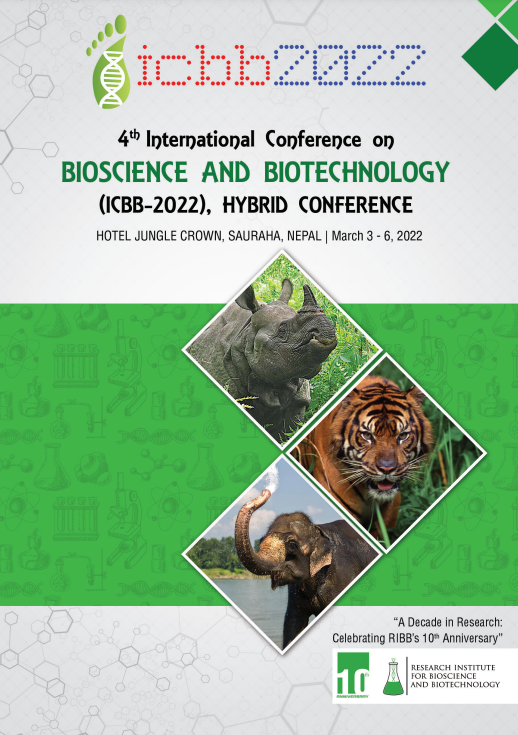
Increased anthropogenic inputs in the water body have dramatically changed the loads and compositions of dissolved organic matter (DOM) in urbanized streams, which has a negative impact on the water. As such, it is imperative to monitor water quality regularly. Existing methods for identifying the contaminant species are not only expensive and time-consuming but also require skilled manpower, consumables and resources [1,2]. The interaction of light with DOM is a function of its chemical makeup; thus, fluorescence spectroscopy can provide information about the amount and type of DOM in a water sample. The purpose of this study is to explore the fluorescence properties of water as a screening and continuous water quality monitoring technique, to develop a rapid low-cost water testing technology.
Read More
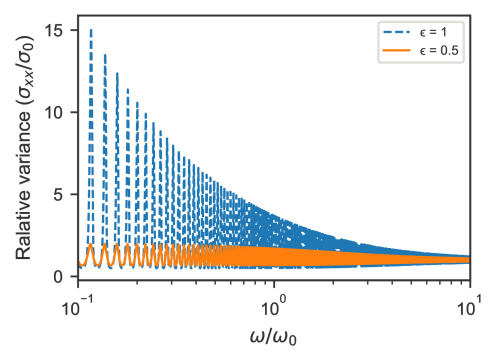
Distinguishing chemically similar particles in a complex environment has been a challenging problem in spectroscopy, such as micro-Raman spectroscopy. Here, we show that it is possible to distinguish particles from their spectroscopic signals in a modulated optical trap, where the trapping field also acts as an excitation source. Using the overdamped Langevin equation, we report that spectroscopic signals averaged over a certain signal acquisition time exhibit several discrete minimas at unique modulating frequencies dependent on their drag coefficient, exemplified herein as a function of the particle size. In typical experimental conditions, such minimas can be as low as ∼50% of the signal of an unmodulated trap.
Read More
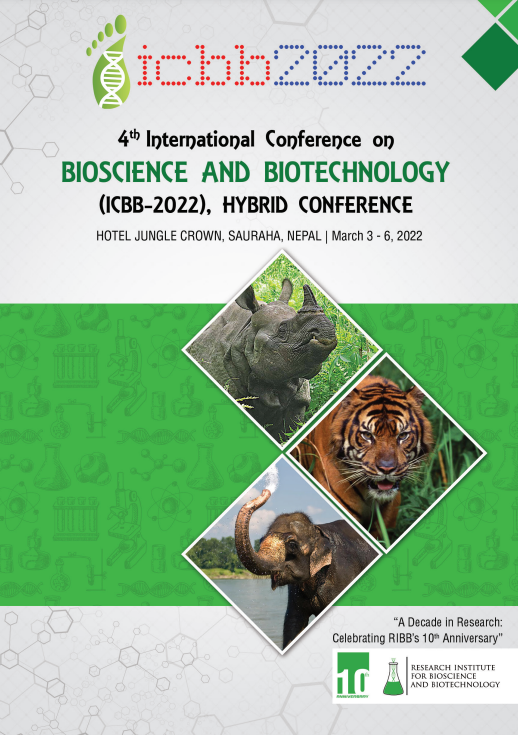
Enormous progress has been made in demonstrating various applications of nanophotonics. This emerging application of PICs demands a broad optical wavelength range. SiN waveguide system has proven to be a prominent candidate in that regard [1]. Furthermore, nanophotonic waveguide-enhanced Raman spectroscopy has recently been demonstrated [2]. Nanophotonic waveguides can be used to evanescently excite and collect upconverted signals. The fascination of upconversion in Rubrene molecules [3] at near-infrared (NIR) wavelengths makes it an ideal choice for analysis.
Read More

The design of Pagoda PCR is gleaned from the OpenPCR concept. The reliability of PCR results is dependent on how precisely the intended amplicons are amplified during the thermocycling process [1]. In Pagoda PCR, a single Peltier module is used with a commonly available CPU cooler fan to heat and cool the thermal block during heating and cooling cycles, and a separate heating strip on the lid ramps up the temperature to 200°C. A simple desktop interface is developed using HTML and linked to the ESP8266 WIFI module through Arduino IDE so that any computer connected to the device-defined IP address can access the console which enables the user manually set the PCR protocols.
Read More
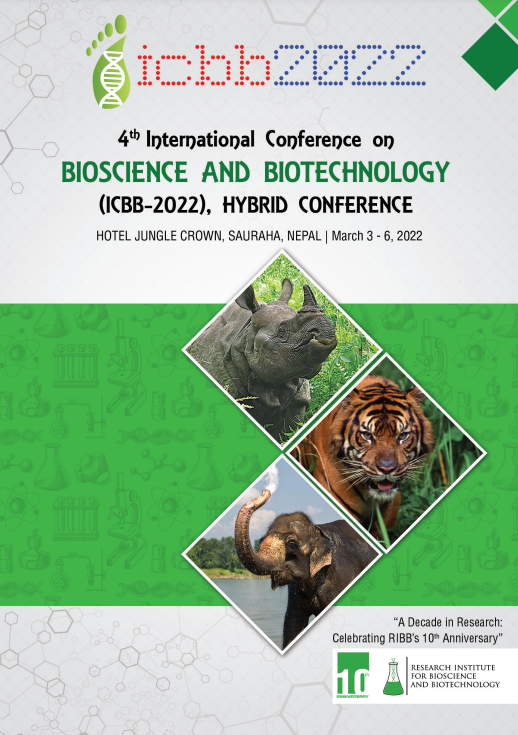
A real-time, portable and low-cost detection method for the detection of fecal contamination in drinking water has been in demand, especially in developing countries. Studies [1,2] have demonstrated correlation between the intensity of Tryptophan-like Fluorescence (TLF, Excitation/Emission = 280 nm / 350 nm) from environmental water samples to the number of colony forming units (CFUs) of TTCs (thermotolerant coliforms) present in the water sample. In this work, we validate that TLF-fluorometry is applicable for detection of fecal contamination for the range of water samples collected from various important sources in the Kathmandu valley by analyzing their microbiological and UV-fluorescence properties.
Read More

We report the detection of tryptophan at sub-ppb levels for a fluorometer based on Fresnel lenses and low-cost electronics. These fluorometers can be used to detect fecal contamination in drinking water, indicated by tryptophan-like fluorescence.
Read More
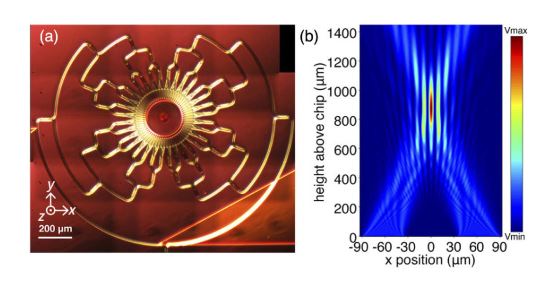
We demonstrate an on-chip silicon-on-insulator (SOI) device to generate a non-diffracting beam of ≈850 µm length from a diffractive axicon-like lens etched using a low resolution (200 nm feature size, 250 nm gap) deep-ultraviolet lithographic fabrication. The device consists of circular gratings with seven stages of 1x2 multimode interferometers. We present a technique to apodize the gratings azimuthally by breaking up the circles into arcs which successfully increased the penetration depth in the gratings from ≈5 µm to ≈60 µm. We characterize the device’s performance by coupling 1300±50 nm swept source laser in to the chip from the axicon and measuring the out-coupled light from a grating coupler. Further, we also present the implementation of balanced homodyne detection method for the spectral characterization of the device and show that the position of the output lobe of the axicon does not change significantly ...
Read More
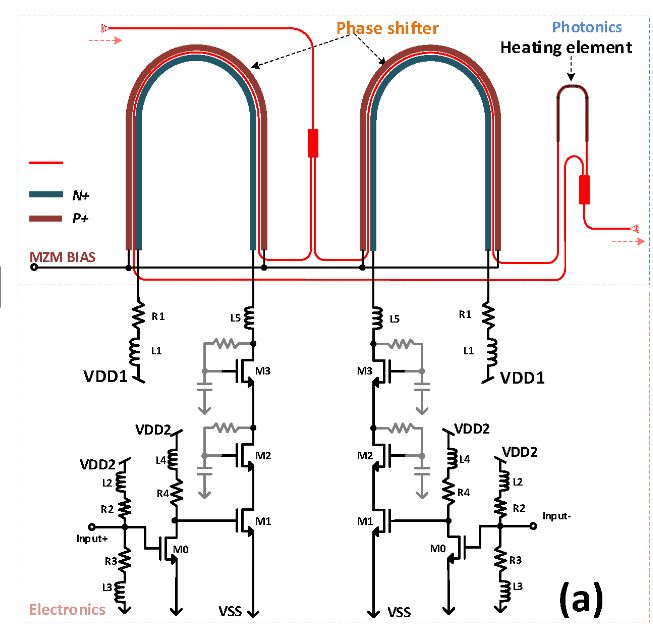
The field of silicon photonics has experienced widespread adoption in the datacoms industry over the past decade, with a plethora of other applications emerging more recently such as light detection and ranging (LIDAR), sensing, quantum photonics, programmable photonics and artificial intelligence. As a result of this, many commercial complementary metal oxide semiconductor (CMOS) foundries have developed open access silicon photonics process lines, enabling the mass production of silicon photonics systems. On the other side of the spectrum, several research labs, typically within universities, have opened up their facilities for small scale prototyping, commonly exploiting e-beam lithography for wafer patterning. Within this ecosystem, there remains a challenge for early stage researchers to progress their novel and innovate designs from the research lab to the commercial foundries because of the lack of compatibility of the...
Read More
Distinguishing chemically similar particles in a complex environment has been a challenging problem in spectroscopy, such as micro-Raman spectroscopy. Here, we show that it is possible to distinguish particles from their spectroscopic signals in a modulated optical trap, where the trapping field also acts as an excitation source. Using the overdamped Langevin equation, we report that spectroscopic signals averaged over a certain signal acquisition time exhibit several discrete minimas at unique modulating frequencies dependent on their drag coefficient, exemplified herein as a function of the particle size. In typical experimental conditions, such minimas can be as low as ∼50% of the signal of an unmodulated trap.
Read More
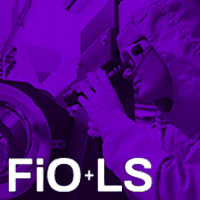
We introduce a compact spectrometer based on a 1×16-multimode interference splitter partially filled with random holes. The spectral resolution for this high-bandwidth, on-chip device is found to be at least ~0.04 nm.
Read More
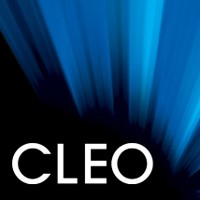
We experimentally show that azimuthally apodized circular gratings can allow light to penetrate further into the structure, and create a focus of ≈ 10 μm, allowing for biomedical applications such as OCT.
Read More
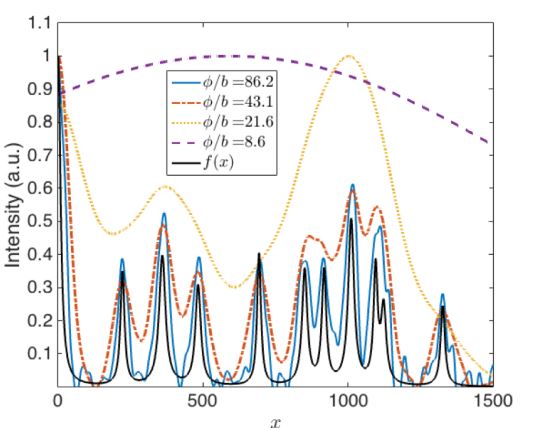
We study resolution limit for measurements affected by noise and limited by the impulse-response of the measurement system, and discuss its implications for Raman spectroscopy and optical coherence tomography. Regardless of the width of the impulse response, we show theoretically and by numerical example, that the resolution can be enhanced indefinitely by improving signal-to-noise ratio, the number of measurement samples and by relaxing the accuracy needed for amplitudes.
Read More
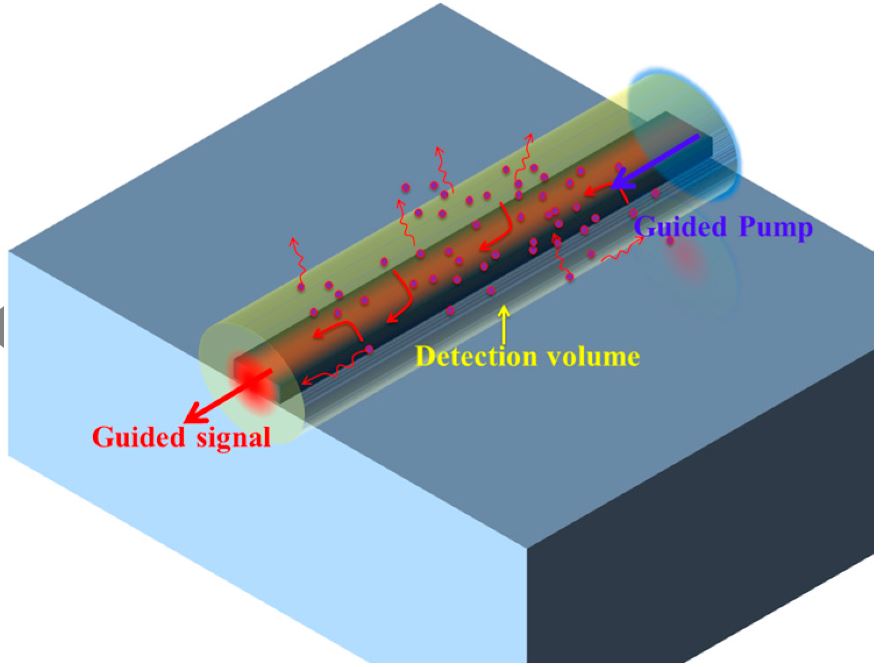
Recent studies have shown that evanescent Raman spectroscopy using a silicon nitride (SiN) nanophotonic waveguide platform has higher signal enhancement when compared to free-space systems. However, signal-to-noise ratio from the waveguide at a low analyte concentration is constrained by the shot-noise from the background light originating from the waveguide itself. Hence, understanding the origin and properties of this waveguide background luminescence (WGBL) is essential to developing mitigation strategies. Here, we identify the dominating component of the WGBL spectrum composed of a broad Raman scattering due to momentum selection-rule breaking in amorphous materials, and several peaks specific to molecules embedded in the core. We determine the maximum of the Raman scattering efficiency of the WGBL at room temperature for 785 nm excitation to be 4.5 ± 1 × 10−9 cm−1·sr−1, at a Stokes shift of...
Read More
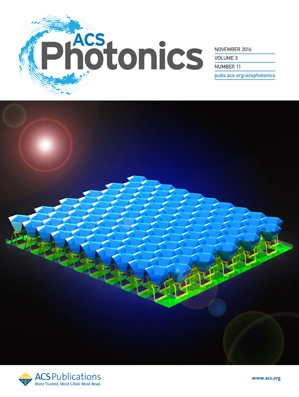
Characterizing a monolayer of biological molecules has been a major challenge. We demonstrate nanophotonic waveguide enhanced Raman spectroscopy (NWERS) of monolayers in the near-infrared region, enabling real-time measurements of the hybridization of DNA strands and the density of submonolayers of biotin–streptavidin complex immobilized on top of a photonics chip. NWERS is based on enhanced evanescent excitation and collection of spontaneous Raman scattering near nanophotonic waveguides, which for a 1 cm silicon nitride waveguide delivers a signal that is more than 4 orders of magnitude higher in comparison to a confocal Raman microscope. The reduced acquisition time and specificity of the signal allows for a quantitative and real-time characterization of surface species, hitherto not possible using Raman spectroscopy. NWERS provides a direct analytic tool for monolayer research and also opens a route to compact microscopeless lab-on-a-chip devices with integrated sources, spectrometers, and detectors fabricated using a mass-producible complementary metal oxide semiconductor technology platform.
Read More